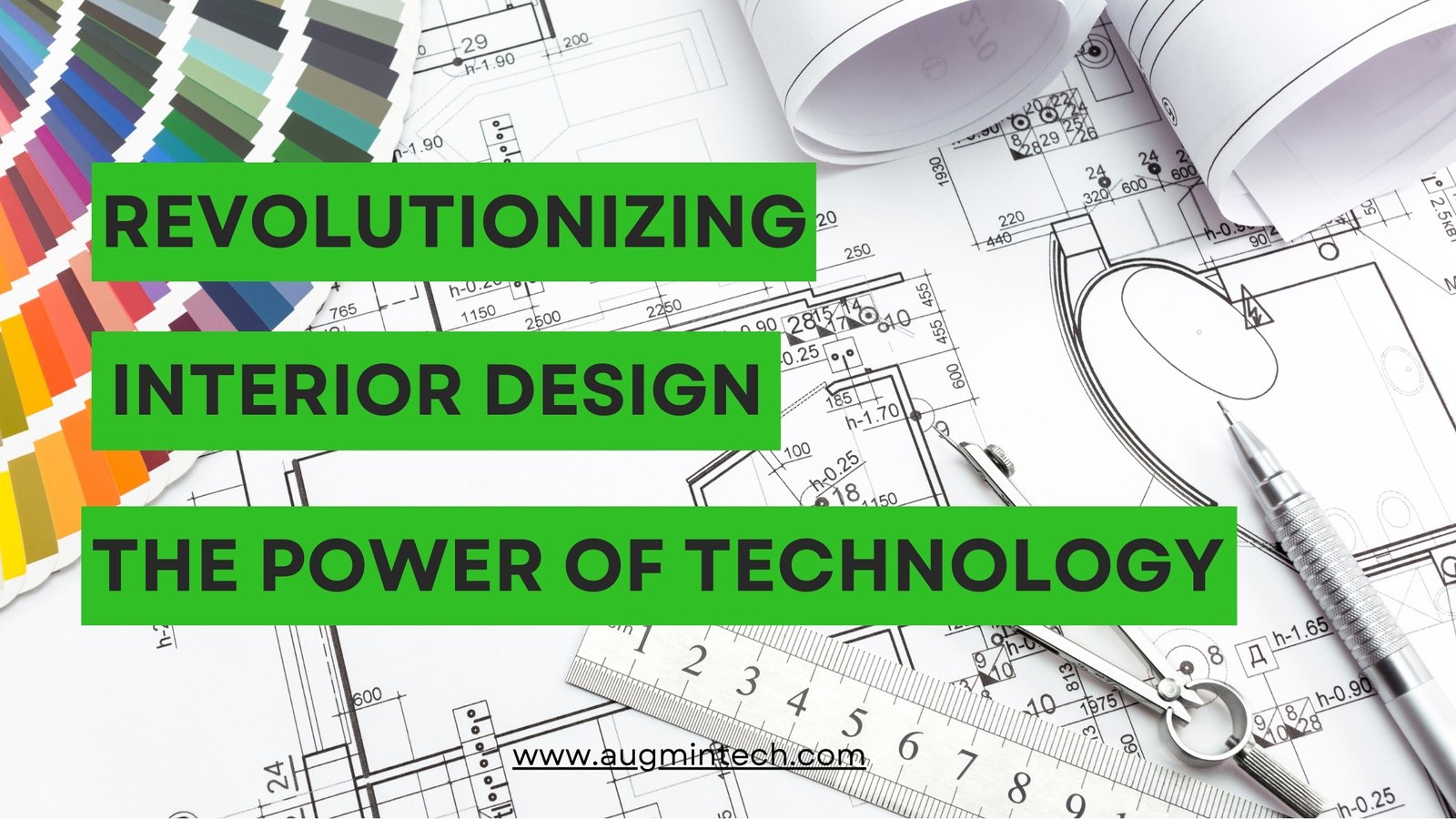
Top 3 MEP Courses in Chennai 2025
AutoDesk Certified Best HVAC engineering courses in India. 1. PG Program in HVAC Design by Augmintech · 2. SMEClabs HVAC Course · 3. Sofcon Training Institute (Noida/Delhi NCR)

The interior design industry, traditionally anchored in manual craftsmanship and artistic intuition, has profoundly transformed due to technological advancements. From conceptualization to execution, technology has emerged as an indispensable tool, enhancing the design process, improving client interactions, and fostering innovative ideas. Let’s delve into the multifaceted ways technology is reshaping the world of interior design.
As technology continues to evolve, we can expect even more groundbreaking advancements in interior design. Artificial intelligence (AI) has the potential to further personalize and optimize designs, analyzing vast amounts of data to suggest tailored solutions. Additionally, the blurring of lines between physical and digital spaces may lead to new and exciting design concepts and experiences.
In conclusion, technology has revolutionized the interior design industry by enhancing creativity, efficiency, and client interactions. From design software and digital tools to project management platforms and sustainable design practices, technology has become an indispensable asset for designers and clients alike. As technology continues to advance, we can anticipate even more innovative and exciting developments in the world of interior design.


AutoDesk Certified Best HVAC engineering courses in India. 1. PG Program in HVAC Design by Augmintech · 2. SMEClabs HVAC Course · 3. Sofcon Training Institute (Noida/Delhi NCR)

AutoDesk Certified Best HVAC engineering courses in India. 1. PG Program in HVAC Design by Augmintech · 2. SMEClabs HVAC Course · 3. Sofcon Training Institute (Noida/Delhi NCR)

AutoDesk Certified Best HVAC engineering courses in India. 1. PG Program in HVAC Design by Augmintech · 2. SMEClabs HVAC Course · 3. Sofcon Training Institute (Noida/Delhi NCR)